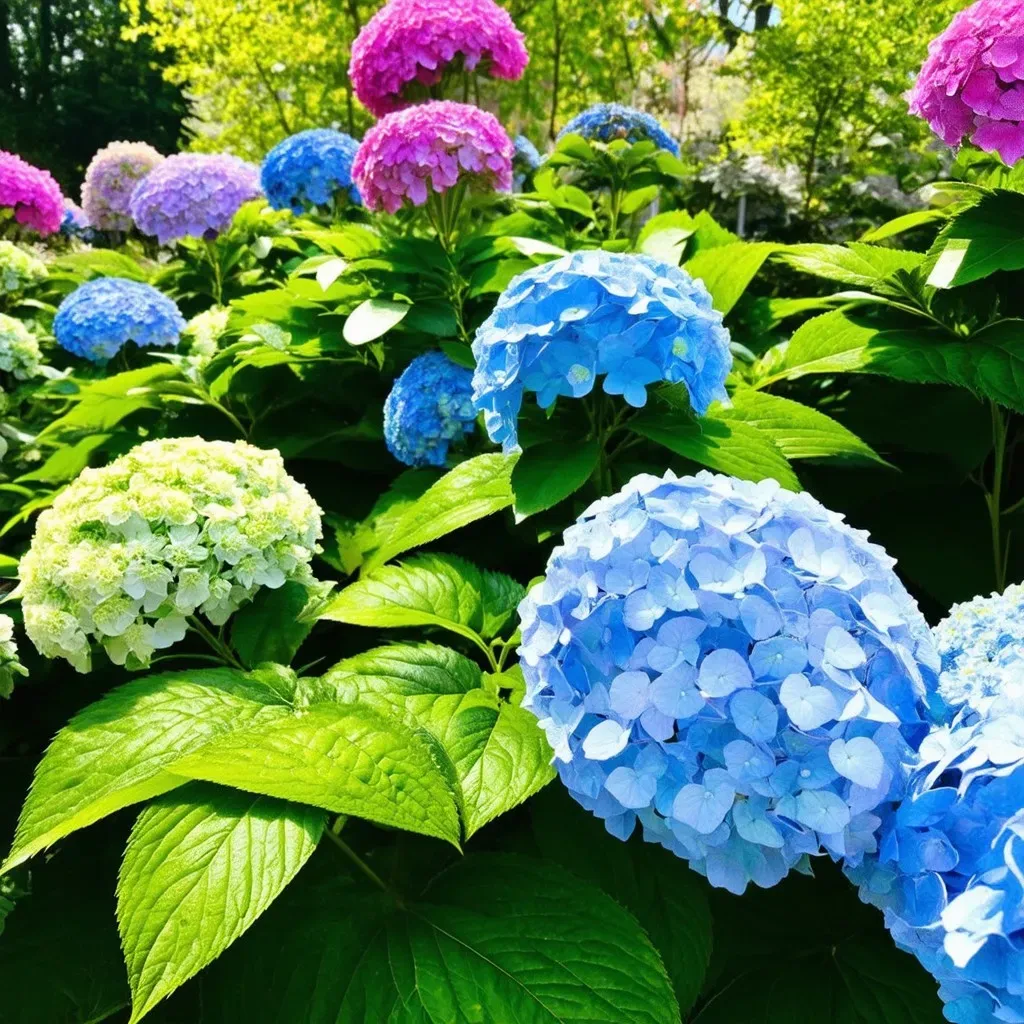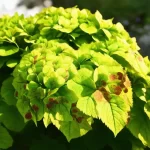hydrangea macrophylla, commonly known as bigleaf hydrangea, is a beloved landscape shrub celebrated for its captivating oversized flowers. This plant, renowned for its blooms in hues from deep purple to pristine white, takes center stage in gardens across the globe.
Hydrangea macrophylla thrives in Zone 5-9, typically preferring well-drained, moisture-retentive soil enriched with organic matter. These plants flourish epitomizing long-lived and versatile garden options that enchant both seasoned gardeners and newcomers alike.
Understanding Hydrangea Macrophylla
Hydrangea macrophylla is one of the most popular types of hydrangeas, well-known for its distinct flower types, which include mophead and lacecap variations. The plant’s adaptability and stunning visual appeal make it a fixture in gardens, flower arrangements, and landscapes.
Flower Color Variation
One of the remarkable features of hydrangea macrophylla is that its flower color can change based on soil pH. This dynamic quality adds an exciting twist to gardening and gives opportunities for experimentation:
| Soil pH Level | Flower Color |
|---|---|
| Below 5.0 | Blue |
| 5.0 – 6.5 | Purple |
| Above 6.5 | Pink |
Fact: In acidic soils (pH 5.0 or below), hydrangeas will bloom in stunning blue, while alkaline soils (pH above 6.5) will yield vibrant pink flowers.
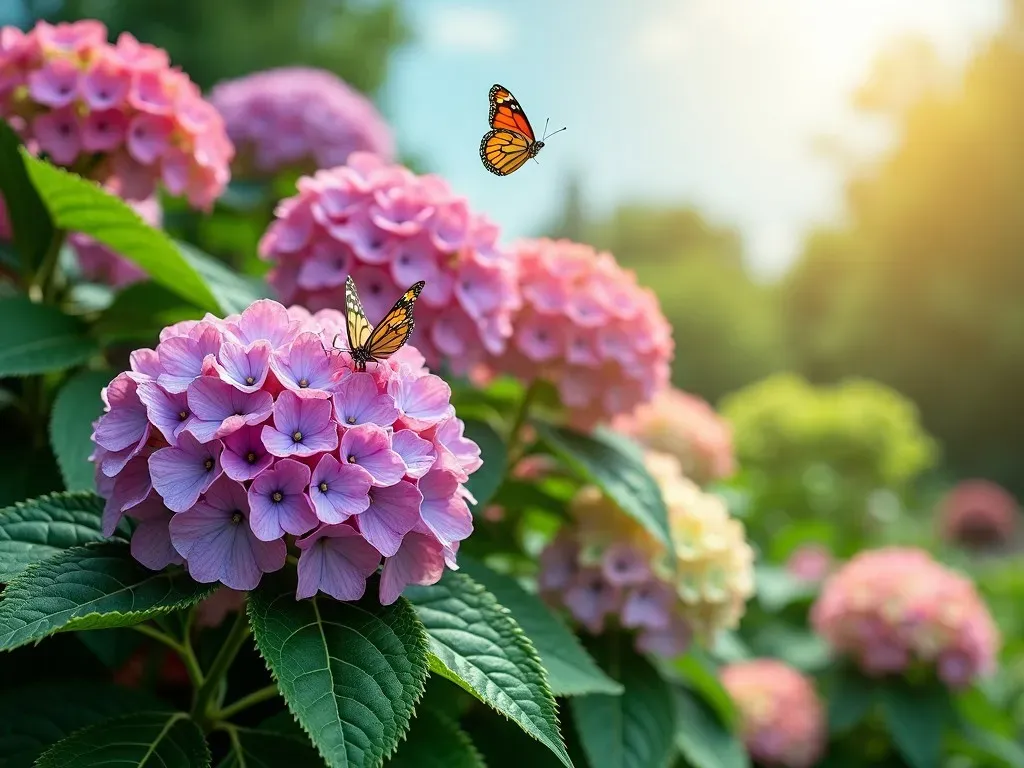
How to Plant Hydrangea Macrophylla
Selecting the Right Location
Place your hydrangea in a spot that receives partial shade, especially during the heat of the day. Morning sun and afternoon shade promote vigorous growth and robust blooms.
Soil Preparation
Ensure to prepare the soil adequately. Hydrangeas prefer rich, loamy soil that is well-drained yet retains moisture. Follow these steps:
- Test the soil pH. Amending the soil can help achieve your desired flower color.
- Mix organic matter, such as compost or peat moss, into the planting hole.
- If planting multiple hydrangeas, space them about 3-10 feet apart to allow airflow and growth.
Planting Steps
- Choose a planting time: Late spring or early fall is ideal.
- Dig a hole: Make it twice as wide and as deep as the plant’s root ball.
- Set the plant: Place it in the center of the hole and ensure the top of the root ball is level with or slightly above the soil line.
- Fill the hole: Backfill with soil mixed with organic matter and water thoroughly.
Watering
Hydrangeas require consistent moisture. Water your plants deeply to establish a strong root system and continue to keep them hydrated, particularly during dry spells.
Fertilization
To encourage growth and vibrant blooms, consider fertilizing your hydrangeas about once every few weeks during the growing season using a balanced fertilizer.
Pruning
- When to Prune: Prune in early spring, when the buds start to swell, which encourages new growth.
- How to Prune: Remove any dead or weak stems to promote healthier ones and maintain an attractive shape. Avoid heavy pruning as it can reduce blooms.
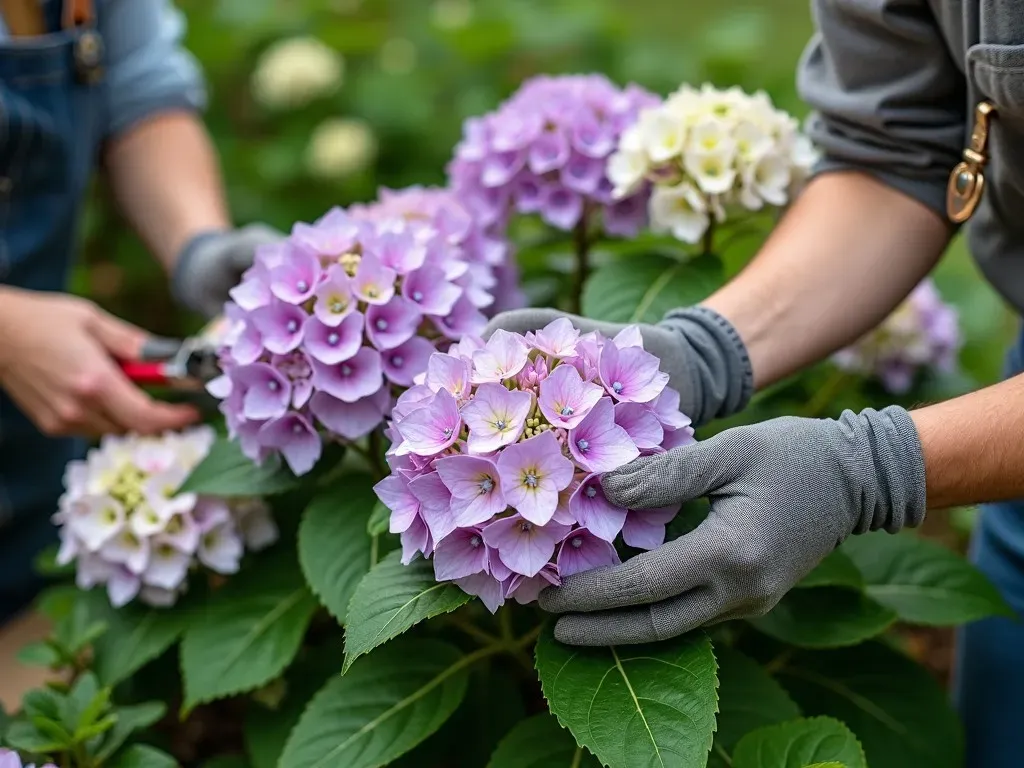
Reference Video
Common Problems and Solutions
Pest Management
Pests such as aphids, spider mites, and whiteflies can occasionally invade hydrangeas. To combat these pests, consider:
- Regular Inspection: Check leaves and stems regularly for signs of infestation.
- Natural Insecticides: Use neem oil or insecticidal soap to manage minor infestations.
- Encouraging Beneficial Insects: Ladybugs and lacewings can help control many pest populations.
Disease Prevention
Hydrangeas are relatively disease-resistant; however, issues such as root rot can arise from overwatering. To ensure your hydrangeas thrive:
- Water Wisely: Ensure proper drainage and avoid watering the foliage to reduce fungal disease risk.
- Fungicide Treatment: If fungal diseases appear, a preventative fungicide can be used to protect plants.
FAQs About Hydrangea Macrophylla Care
How often should I water my hydrangea macrophylla?
Water your hydrangeas once a week, ensuring that deep watering occurs during dry spells. Monitor the moisture level by checking the top inch of soil.
Can I change the color of my hydrangea macrophylla?
Yes, you can influence flower color based on soil pH levels. Test the soil and adjust using lime for pink flowers or aluminum sulfate for blue.
What is the best fertilizer for hydrangeas?
A balanced slow-release fertilizer works best, typically with equal parts nitrogen, phosphorus, and potassium (N-P-K ratio of 10-10-10).
How do I protect my hydrangeas during winter?
Applying a layer of mulch around the base of the plants can help insulate the roots and keep them protected from unusual temperature fluctuations.
when do hydrangeas bloom?
Hydrangea macrophylla typically blooms from late spring to early fall, depending on the variety and local climate.
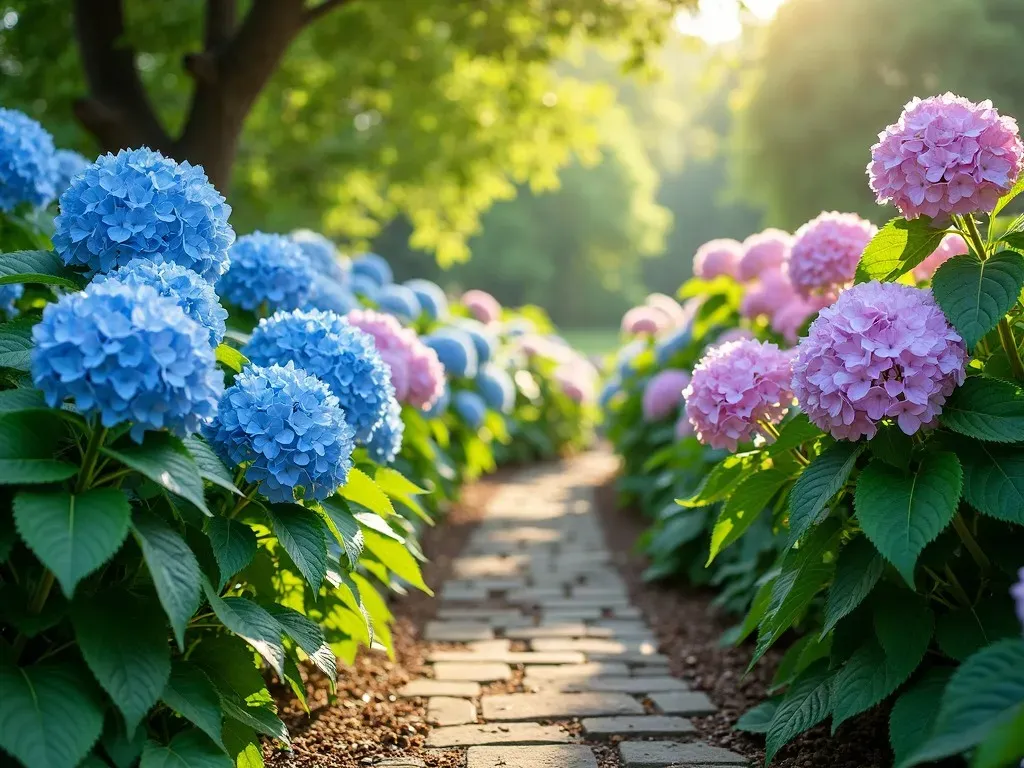
Resources for Further Reference
For in-depth insights on Hydrangea Care, visit Garden Design’s Hydrangea Macrophylla Guide.
By understanding the specific care needs of hydrangea macrophylla, you can cultivate these picturesque shrubs successfully in your garden. With the right techniques and knowledge, you’ll enjoy an explosion of color with these stunning flowers throughout the growing season.
